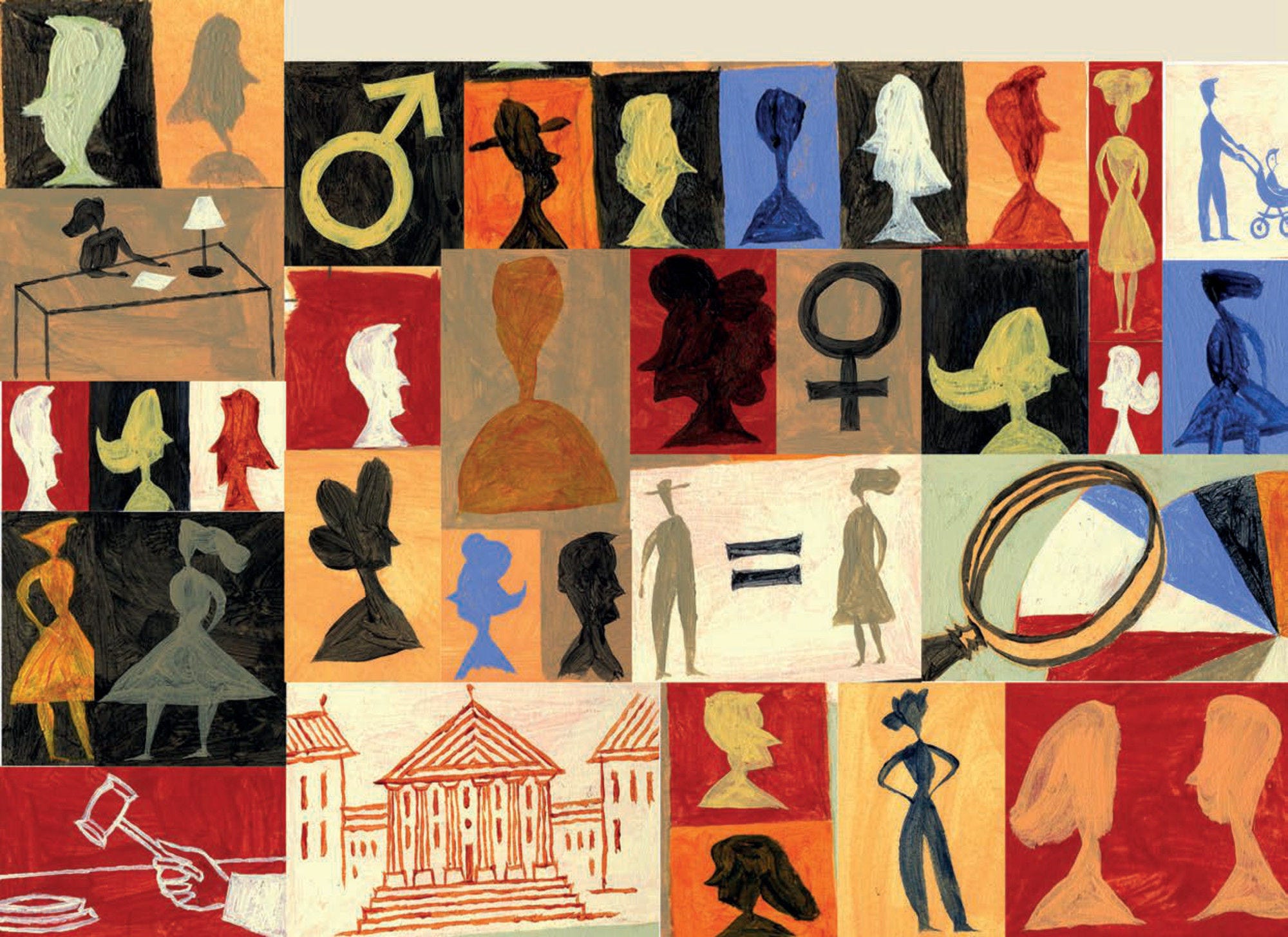The Toolkit for Mainstreaming and Implementing Gender Equality 2023 is a practical resource to help governments, parliaments and judiciaries implement the OECD Recommendation on Gender Equality in Public Life. It contains self-assessment tools to guide governments and other decision-making institutions in assessing the strengths and weaknesses of their policies, mechanisms, and frameworks for gender equality, and in setting priorities for improvement. The Toolkit highlights a range of possible actions to take and pitfalls to avoid in implementing the various provisions of the Recommendation. A revision of the 2018 online Toolkit on Mainstreaming and Implementing Gender Equality, it introduces concepts such as intersectionality and the future of work; includes expanded areas such as budgeting, public procurement and infrastructure; and provides the latest lessons and good practices from OECD countries.
Toolkit for Mainstreaming and Implementing Gender Equality 2023

Abstract
Executive Summary
Based on key provisions of the OECD Recommendation on Gender Equality in Public Life, the Toolkit focuses on institutionalising gender equality and gender mainstreaming; developing and sustaining gender mainstreaming capacity; integrating gender considerations into various dimensions of public governance; establishing inclusive accountability structures; and supporting gender balance in all state institutions (executive, legislative, and judiciary) and structures and at all levels. In doing so, it highlights the role of stronger governance and accountability for gender equality in improving the gender-responsiveness of public policy, as well as policy actions to increase gender equality in public institutions. It also features the strategic use of governance tools to promote gender-equal and inclusive outcomes. In addition, this Toolkit introduces reflections on the intersectional approach to gender equality and trends in the future of work, as relevant to the evolution of gender equality policies in OECD countries.
The Toolkit has six chapters:
1. Institutional and governance frameworks for gender equality and mainstreaming: This chapter outlines the building blocks for taking a whole-of-government approach to gender equality and gender mainstreaming, i.e. strategic goal-setting, institutional set-up, and accountability, monitoring and redressal mechanisms.
2. Strategic use of governance tools to promote gender equality: This chapter explores how governments can integrate evidence-based assessments of gender impacts and considerations in policies, budgets and public procurement processes.
3. Mainstreaming gender considerations in infrastructure: This chapter offers a spotlight on the infrastructure planning and decision-making processes, and how the inclusion of women in these processes can be improved.
4. Gender-sensitive practices in parliaments: This chapter focuses on how gender-sensitivity of parliaments and legislative bodies can be improved, in their multiple capacities of being lawmakers, oversight institutions and employers.
5. Gender-sensitive public employment systems: This chapter provides an overview of measures for designing a flexible, transparent, fair and merit-based civil service; ensuring equal participation of men and women in the public workforce and in decision-making; and gender-sensitive public workplaces.
6. Gender-sensitive practices in the judiciary: This final chapter presents ways to enhance gender balance in judiciaries, including by creating and sustaining a gender-equal work environment.







